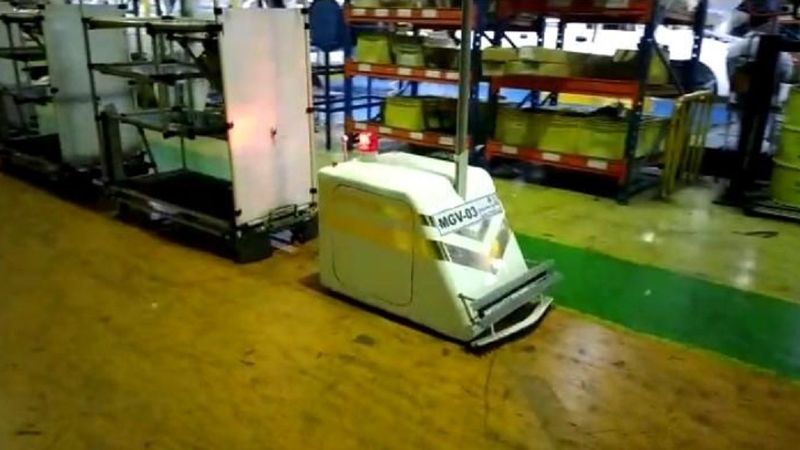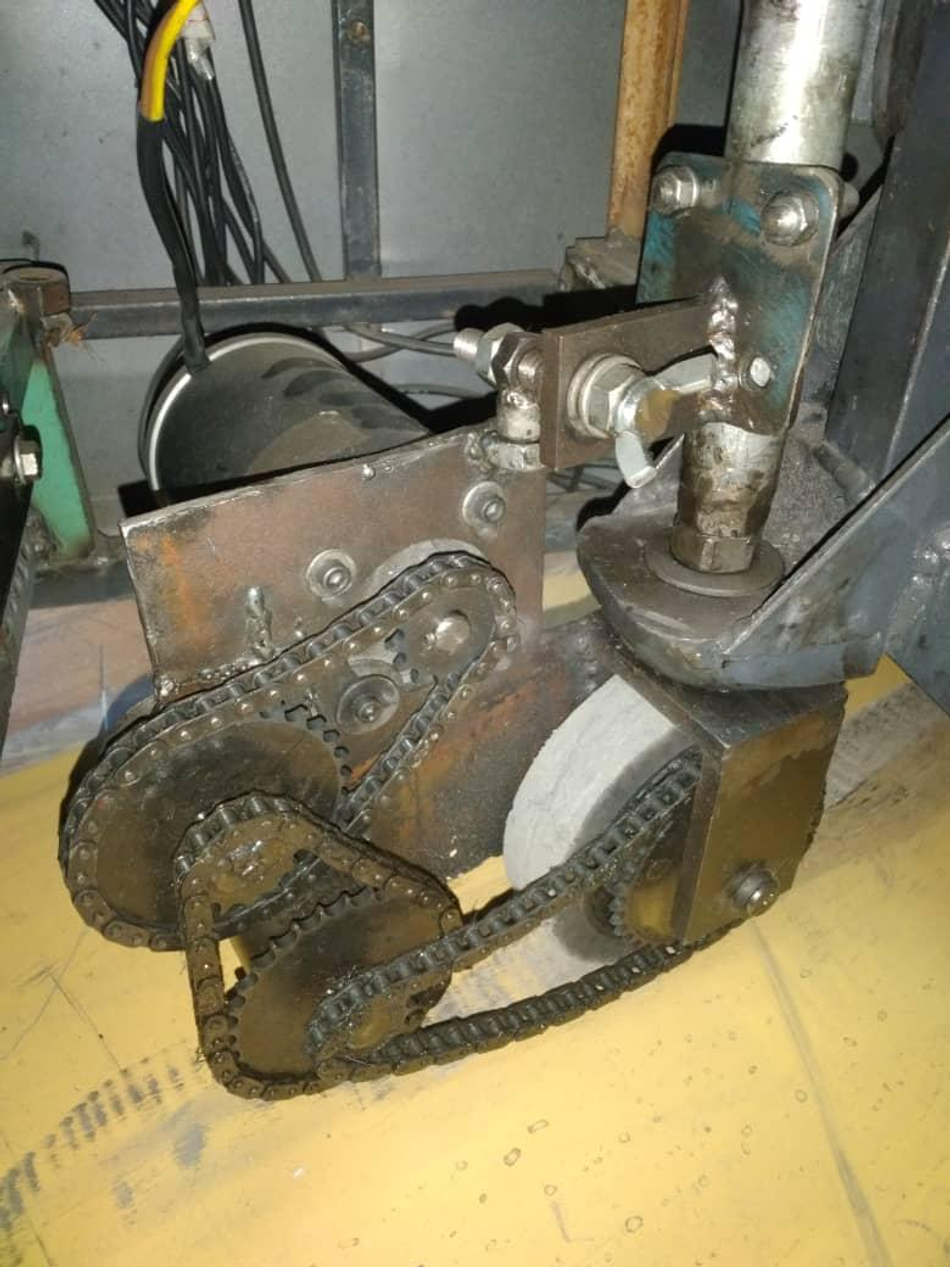Innovative MGV machine for transporting parts in production lines
The MGV (Mechanical Guidance Vehicle) device is a self-controlling device without a driver. The guidance system of this device is mechanical, without a driver. Rough surfaces, which are one of the limitations of the AGV (Automated Guided Vehicle) device, do not exist for this device.
This article is a part of our University Technology Exposure Program. The program aims to recognize and reward innovation from engineering students and researchers across the globe.
Community voting is now live. Vote for your favorite submission by visiting: University Technology Exposure Program Community Vote.
What is our project?
One of our problems in the production lines was the movement of equipment carrying parts into the hall. These equipment's had a driver and on the other hand, had high maintenance and repair costs. We came up with the idea of using a self-driving device. Of course, in the market, you can buy AGV equipment.
But AGV has a high initial cost. In addition, the route designed to transport the part inevitably interferes with other vehicles, and any collision can impose a lot of costs on us. Another problem was the uneven surface, which is usually a problem for AGV sensors.
Mechanism and components
The strength of this design is its simplicity and practicality. The steering mechanism of this device is very simple and applicable in any factory. The route is determined first. Then, at a height of 3 meters from the floor, a simple tow wire is installed. This wire is only a mechanical guide of the device and the steering of the device. In bent paths, a pipe with a diameter of 8 mm is used. An interface rod is installed on the device and a tow wire is placed at a height of three meters between two idler rollers that are installed at the end of the rod.
A 400 W DC electric motor is used for the drive system. This motor is powered by two 12-volt & 24 amper batteries. These batteries and electric motors are all housed in a 70x70x70cm metal housing. Two idler wheels at the end of this box and a number of wheels that are connected to the engine by the gearbox and the rod described above are also connected to this wheel.
In fact, the tow wire, which is enclosed at a height of 3 meters between two round weeds, determines the direction of movement. The straight machine moves in straight paths and in the paths that need to be rotated, the idler rollers rotate, causing the interface bar to rotate, and the end of this interface bar, which is inside the contract box and is connected to the drive wheel, to start moving.
To detect the obstacle, optical and pencil sensors in the required number in front of the device and a height of 30 cm have been used. So that if the obstacle is in the path of movement, the device stops about 20 cm before the obstacle, and if the obstacle is removed, it continues to move again.
The stations where we need the device to stop to be loaded and unloaded are identified by optical sensors. As soon as the device reaches this point, it stops automatically. The operator connects or disconnects the load to the device, then presses the start key and the device begins to move to the next station.
What problem does our project solve?
Before the launch of MGV, a tow truck was used for each set of parts, which costs about $ 4,500. The need for a driver in each shift for the truck and the high cost of the batteries of the truck was a problem for us. However, with the construction of MGV, which costs about $ 300 and its batteries are much cheaper, the initial cost and repairs have been reduced. The main and important point is to eliminate one driver in each work shift per MGV. Currently, 5 MGV devices are working in the hall.
This machine is capable of carrying loads up to 800 kg. Currently, stands containing assembly parts can be moved by this machine.
What is the current state of the sector?
In today's world, there is a great deal of focus on self-propelled electric vehicles. But what sets our device apart is its very simple and functional design. Of course, we could have used special equipment as if we had built an AGV device. But our MGV is designed to be simple and ingenious.
Who is working on this project?
This project was designed, built, and commissioned by my servant Reza Fakour and my colleague Morteza Mojahedi. My specialty is in the field of mechanics and Mr. Mojahedi specializes in the field of electricity and automation. We are both personnel of the maintenance and repair unit of the automobile company. This is our motto in the implementation of projects. High safety, low cost, simplicity of design.
About the University Technology Exposure Program 2022
Wevolver, in partnership with Mouser Electronics and Ansys, is excited to announce the launch of the University Technology Exposure Program 2022. The program aims to recognize and reward innovation from engineering students and researchers across the globe. Learn more about the program here.



